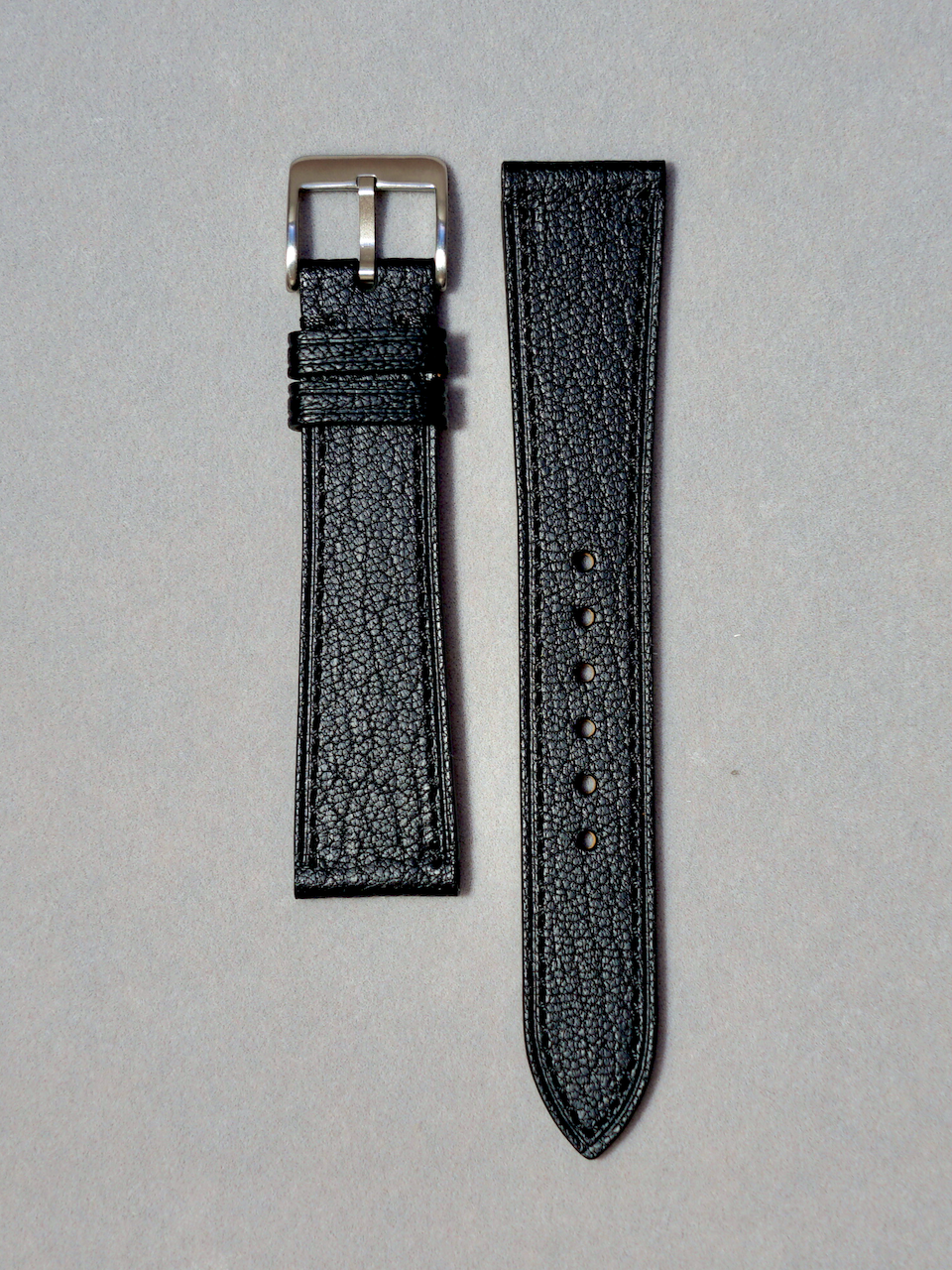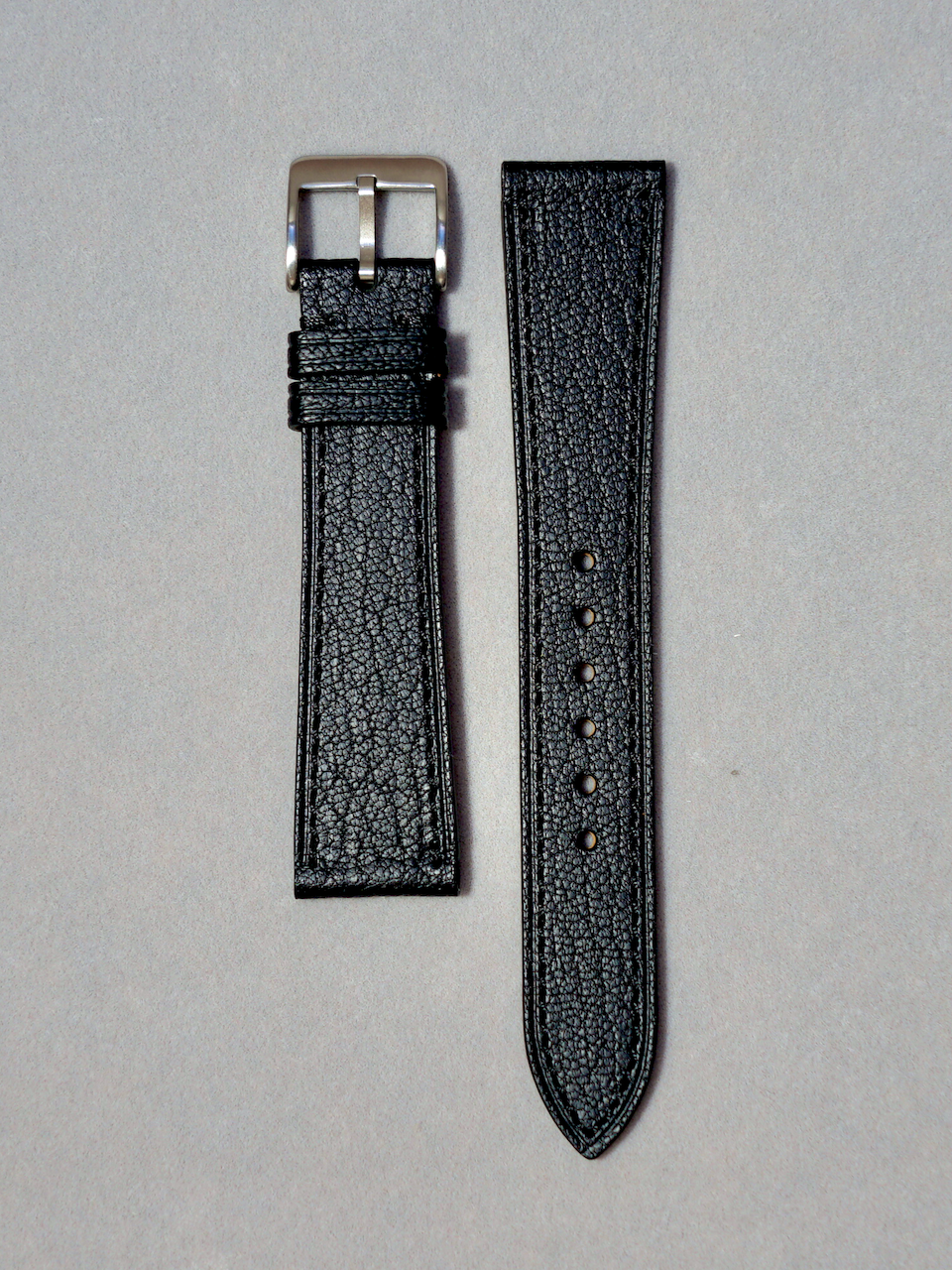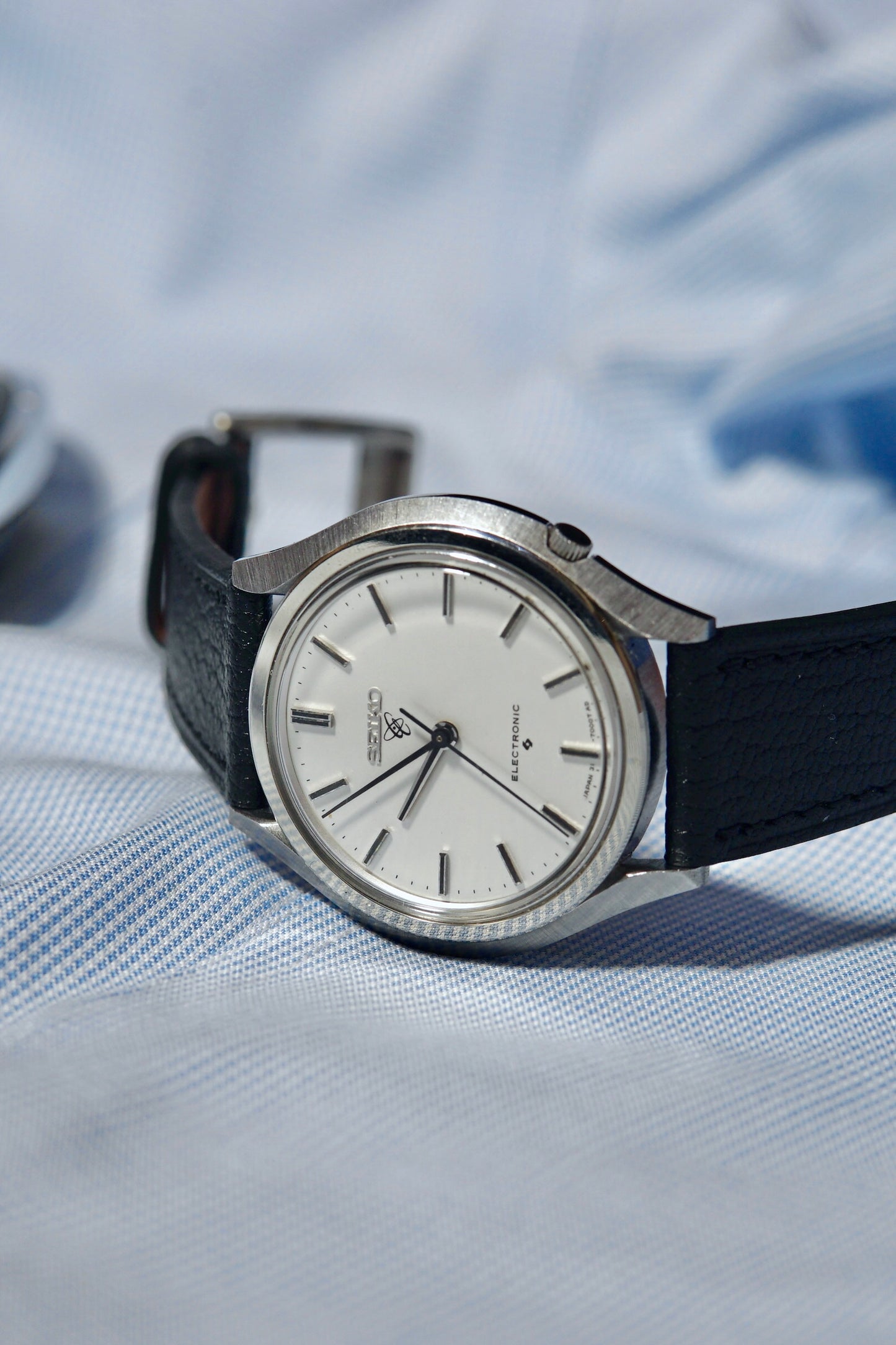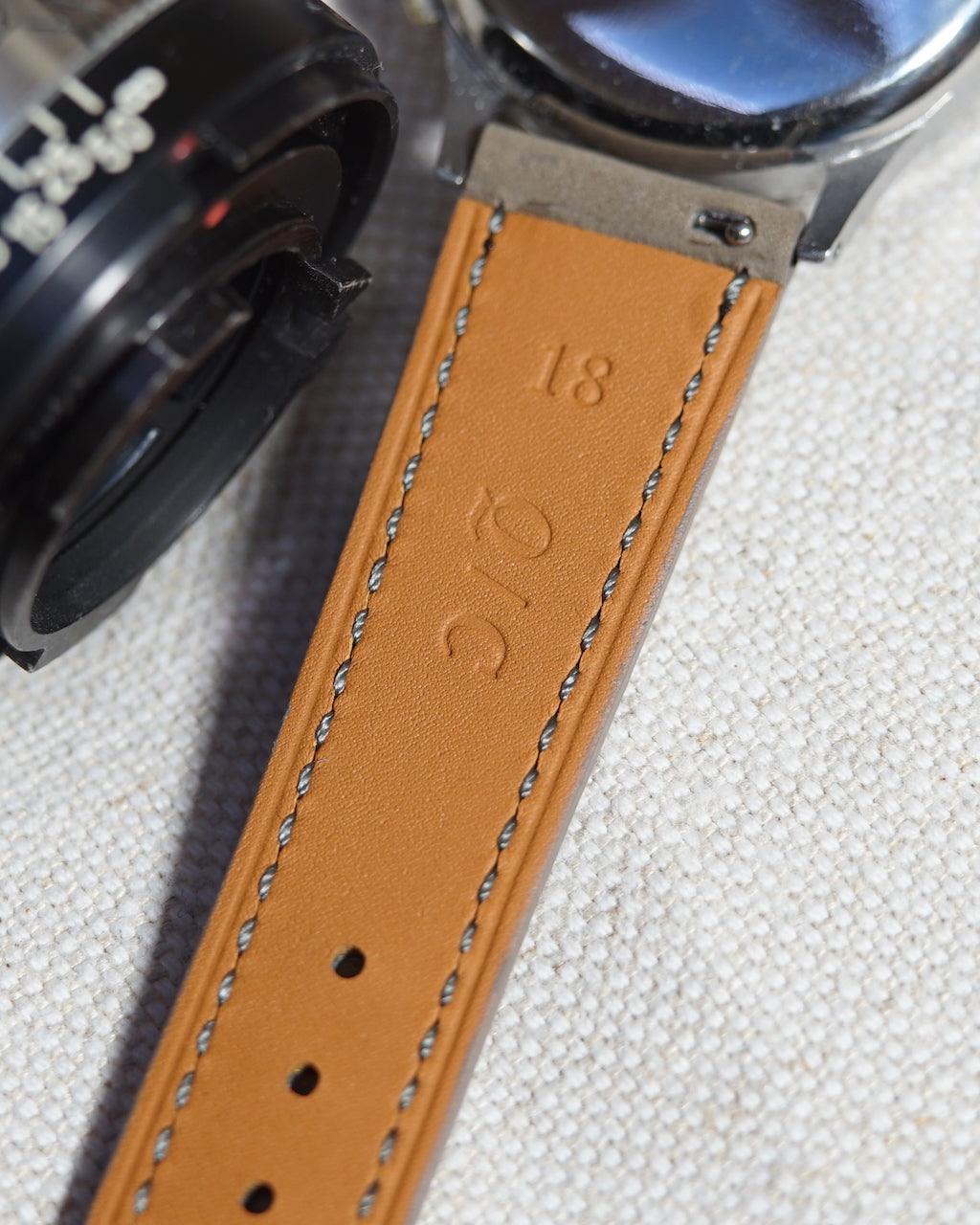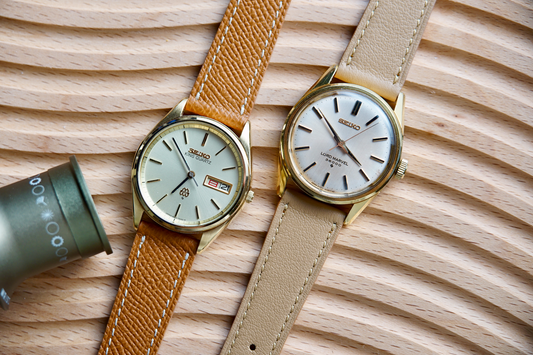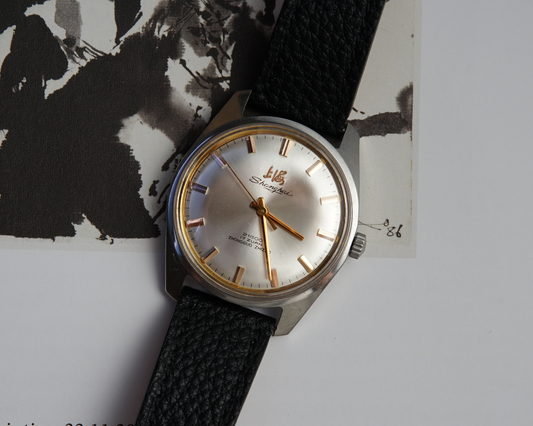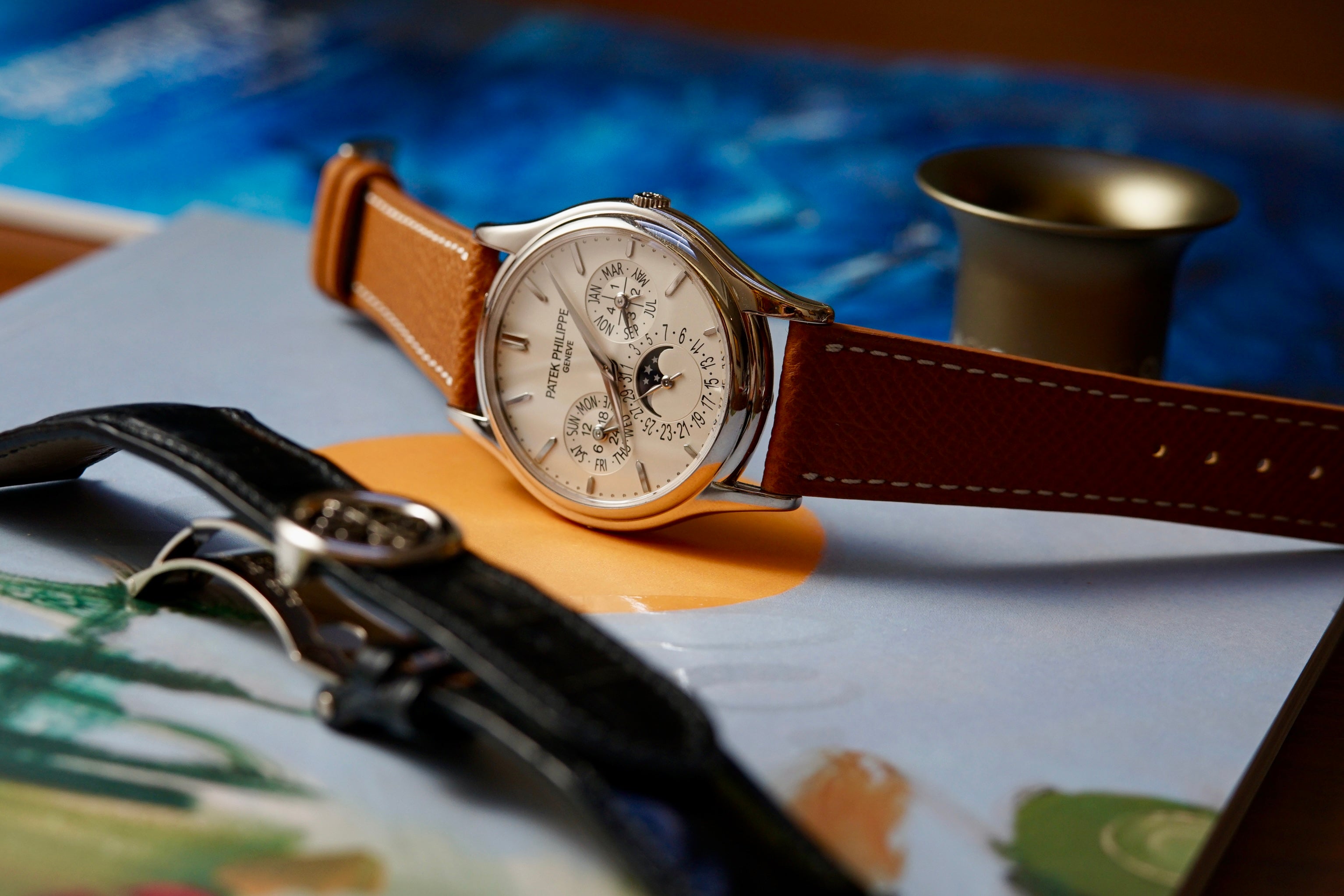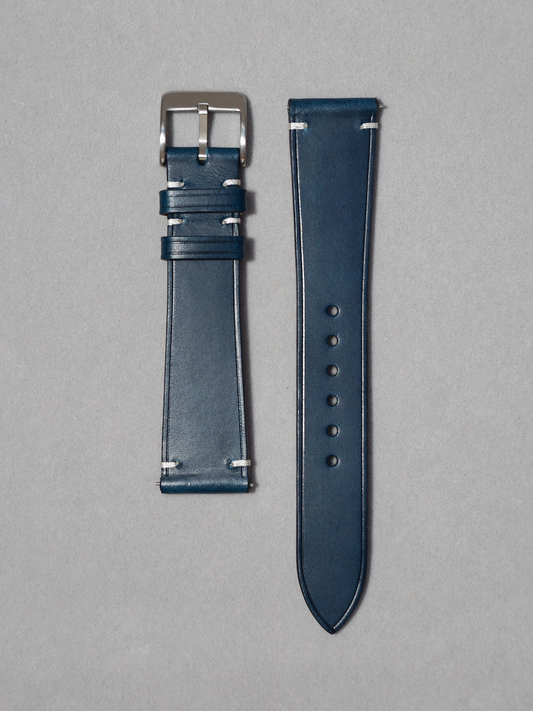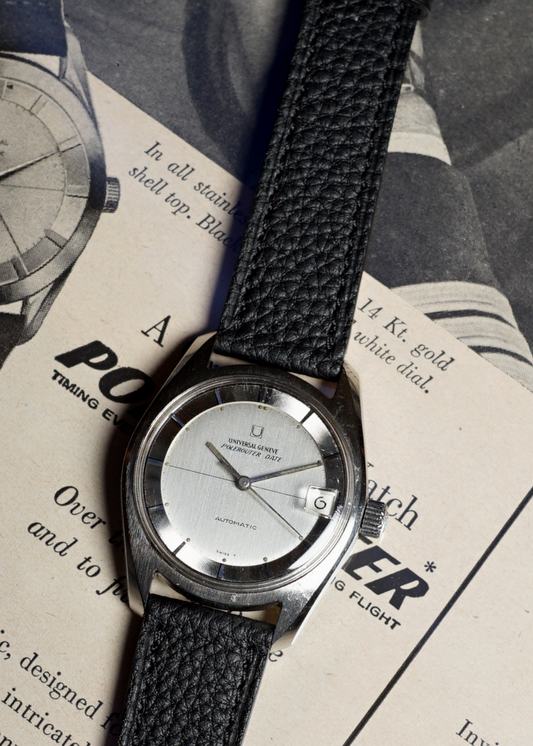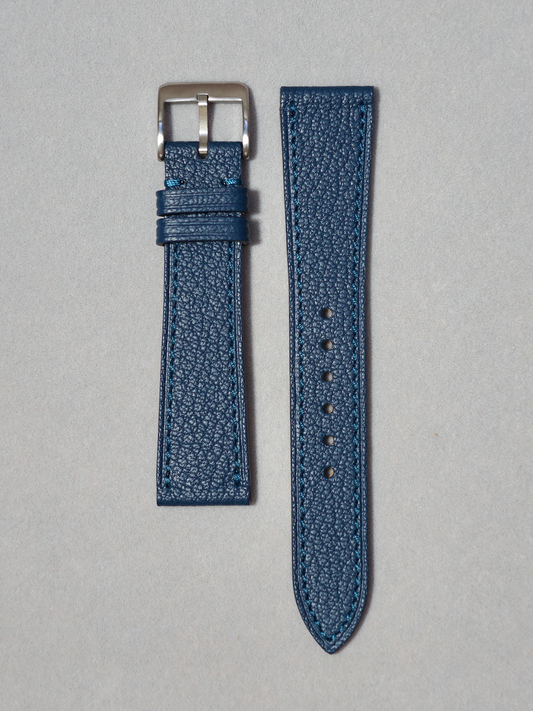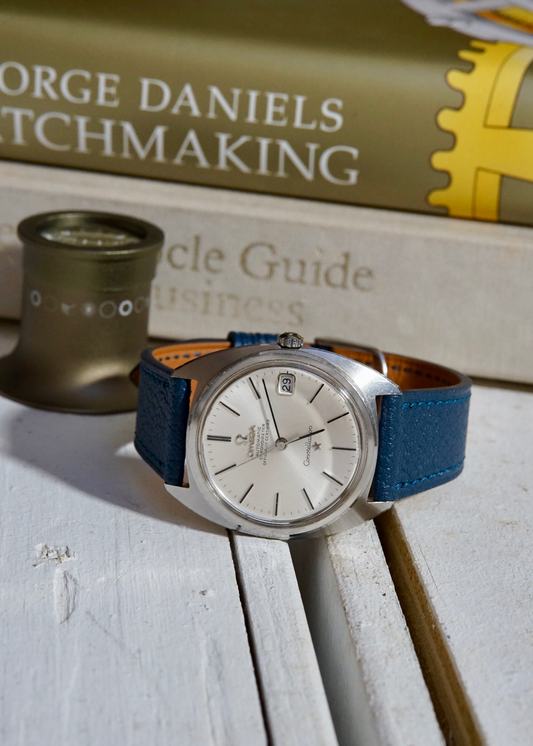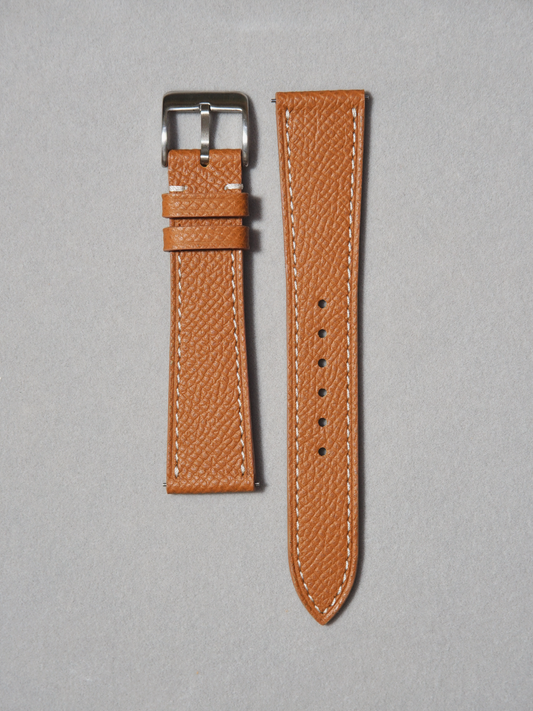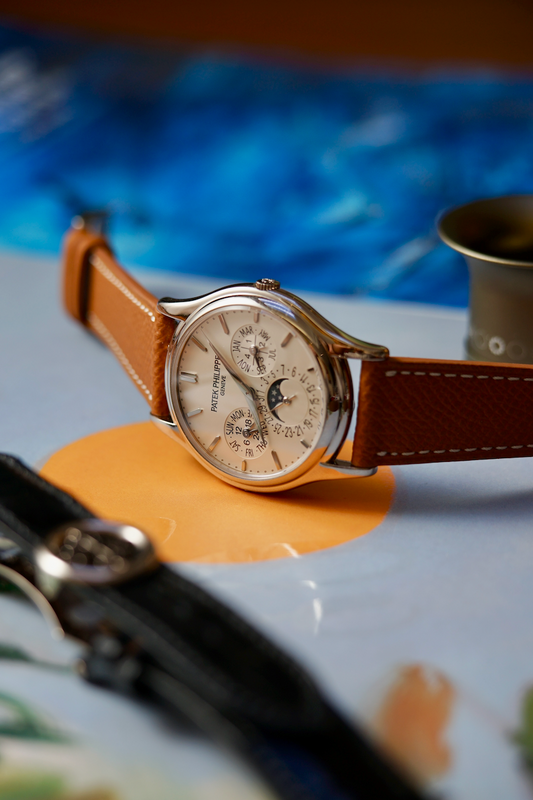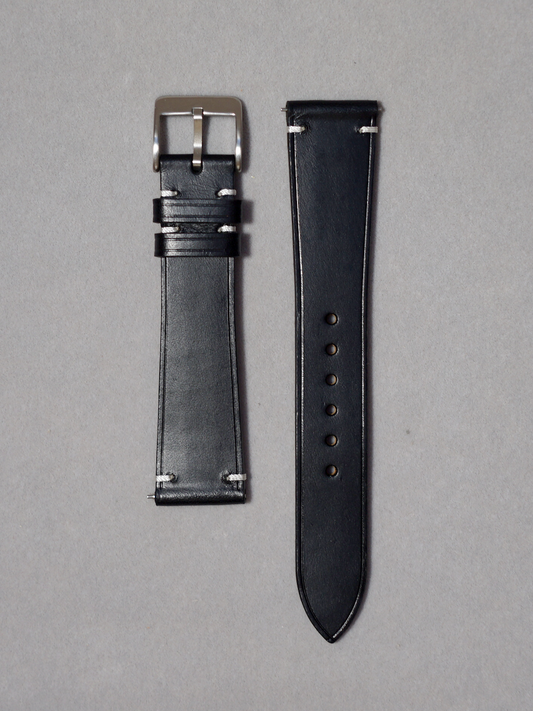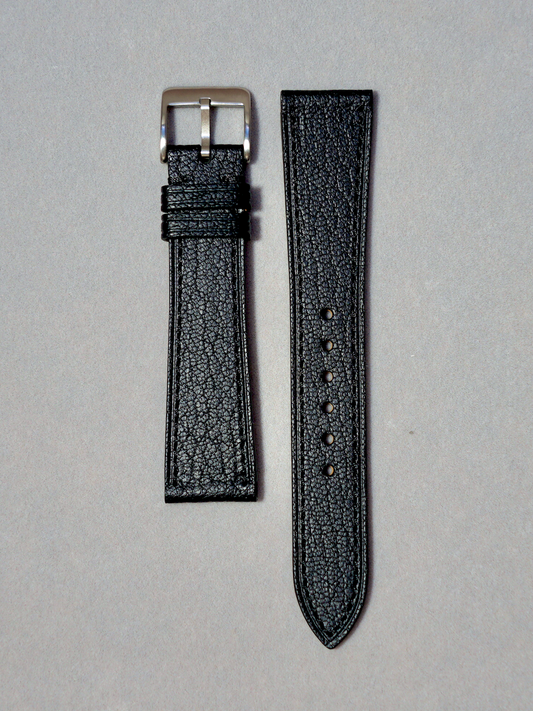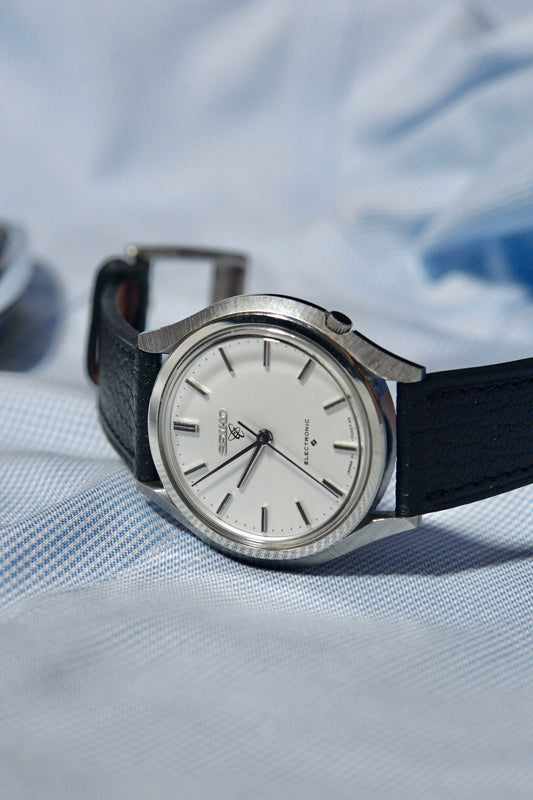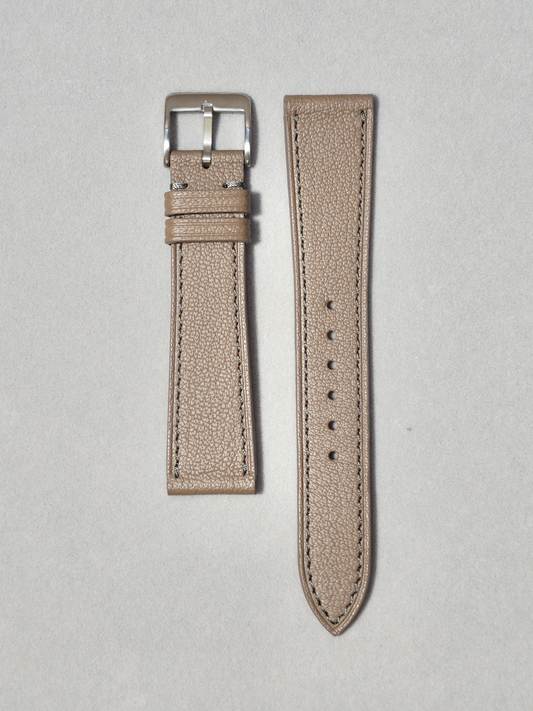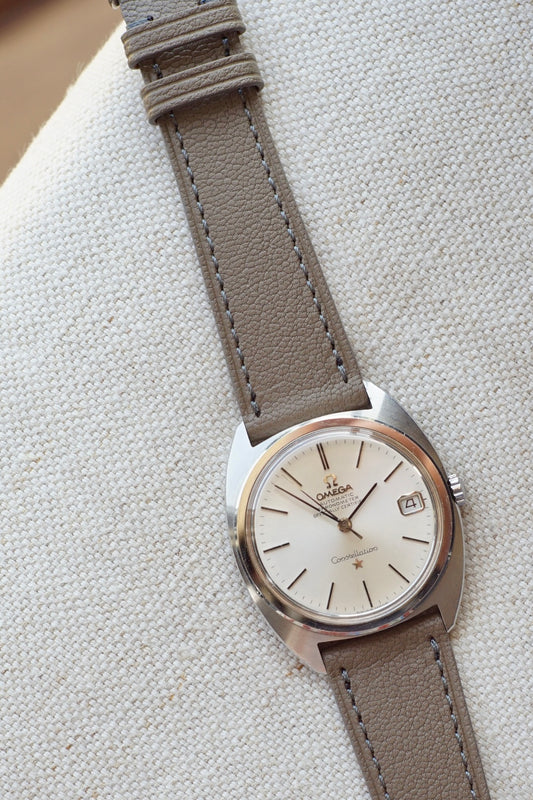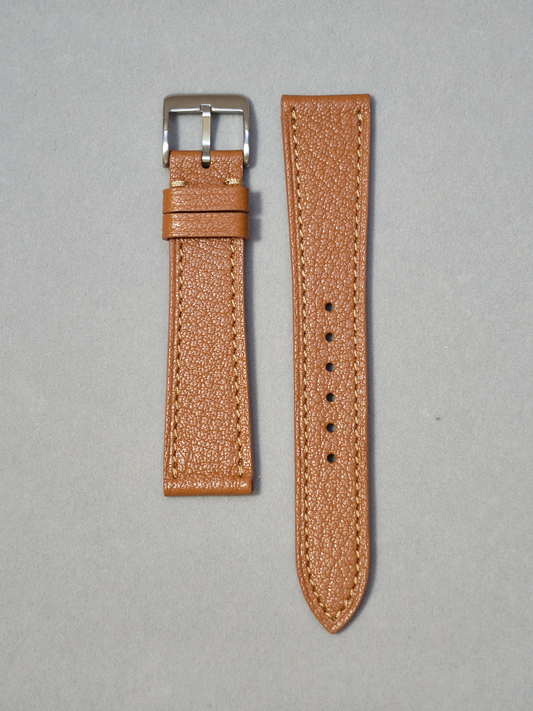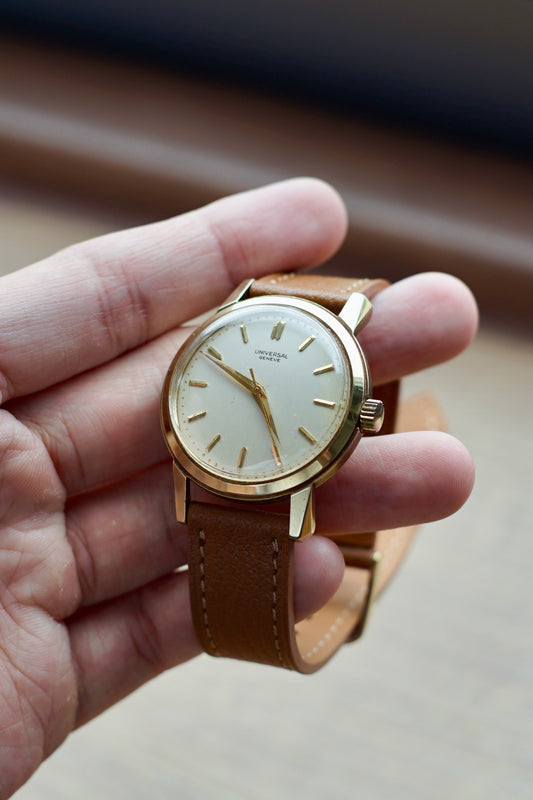
The Rare Seiko 31-7000: A Vintage Electronic Watch Pioneer
Among vintage Seiko collectors, the Seiko 31-7000 stands out as a rare and fascinating timepiece. Unlike most watches of its era, it is neither manual winding, automatic, nor quartz. Instead, it belongs to Seiko’s early electronic movement series, a brief but important chapter in the brand’s history.

A Brief Production Window
The Seiko "31" series was produced only between 1968 and 1969, appearing in the 1969 Seiko catalog before disappearing entirely from subsequent lineups. This short production run makes the 31-7000 and its sibling models highly collectible today. The series represents one of Seiko’s first ventures into electronic watch technology, predating the revolutionary quartz Astron that would later define the brand’s global success.
1969 Seiko Catalogue No.1, p.32 (from theseikoguy.com)
Unique Design Details
What immediately captures attention is the watch’s unique case and lug design. The case and lugs are crafted from a single block of stainless steel, with the lugs extending seamlessly from the case body. The inner curve of the lugs slopes downward, evoking the style of vintage Omega Speedmaster Professional lugs and the twisted lugs designed by Gerald Genta for the Polerouter. However, the 31-7000’s lugs are notably shorter, giving the watch a more compact and refined profile.

Another standout feature is the unusually wide faceted surfaces on both the case and lugs. The vertical brushing on these surfaces is a highlight of the watch’s aesthetic, creating a striking contrast with the polished ring surrounding the dial. This interplay of finishes adds a sophisticated texture that is rarely seen on watches from this period.
The Rare Electron Logo
Collectors will also notice the distinctive “electron” logo on the dial, one of the few non-text logos ever used by Seiko. Alongside the Suwa and Daini-Seikosha logos, the electron emblem marks the watch’s electronic heritage. On the 31-7000, the electron logo appears beneath the Seiko name at 12 o’clock. Another variant in the series places the logo above the “Electronic” text at 6 o’clock.

1969 Seiko Catalogue No.2, p.38 (from watchhunter.org)
Caliber 31's functional and Mechanical Features
True to Seiko design trends of the late 1960s, the crown is positioned at 4 o’clock, enhancing wearer comfort. The 31-7000 model itself does not feature a date complication, making it the rarest among the series. Other models in the line include the 3102-7000 with calibers 3102a and 3102b, the latter distinguished by a hacking seconds function. Visually, these two are identical from the outside.


The Shift to Quartz and Seiko Electronic's legacy
Despite the technological promise of the electronic balance watches, Seiko ultimately funnelled its research and development resources into quartz technology. By early 1970s, production of electronic caliber watches ceased in favour of quartz movements, which offered superior accuracy and reliability.
Picking The Right Strap: Alran Midnight Black
When it came to styling the Seiko 31-7000, choosing the right strap took some careful consideration. The watch originally came with a black strap, which perfectly complements its monochromatic color scheme. After exploring options, I ultimately chose a black Alran strap for its subtle grain texture that enhances the watch’s design without overpowering its distinctive features. To complete the look, I upgraded the buckle to our newly introduced Q&C Essential Buckle in a brushed finish, which beautifully echoes the vertical brushing on the watch case.
 Today, the Seiko 31-7000 models are prized by collectors of vintage Seiko and early electronic watches. They stand as a testament to Seiko’s innovative spirit during a transformative era in horology, bridging the gap between mechanical tradition and the quartz revolution.
Today, the Seiko 31-7000 models are prized by collectors of vintage Seiko and early electronic watches. They stand as a testament to Seiko’s innovative spirit during a transformative era in horology, bridging the gap between mechanical tradition and the quartz revolution.
